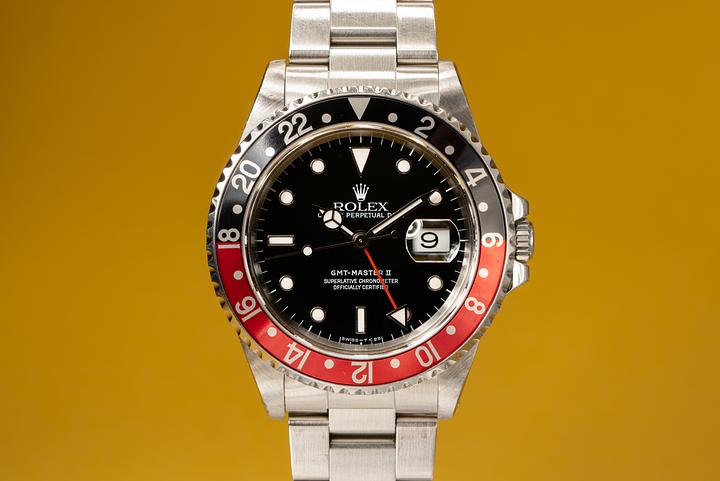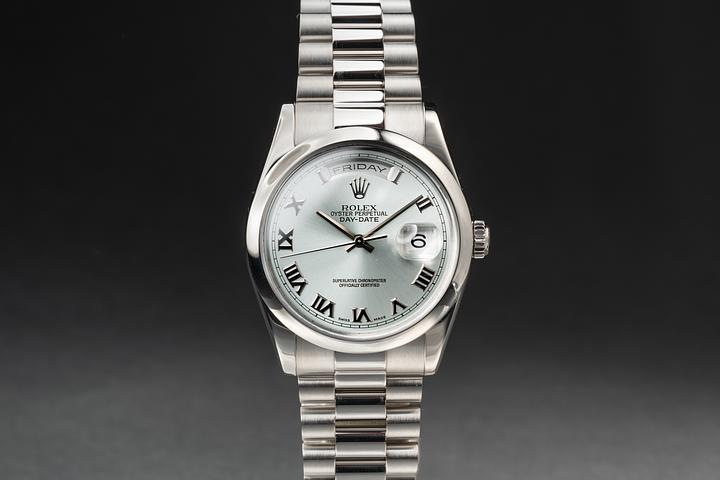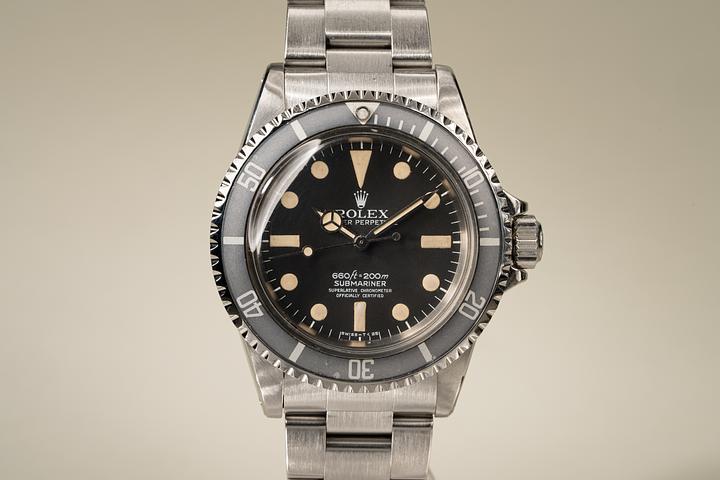Rolex Watches and Prices Explained: Luxury, Craft, Legacy

Rolex Watches and Prices: A Legacy of Precision in the Swiss Watch Industry
It’s a name that resonates with craftsmanship, timelessness, and—yes—luxury. Rolex. Whether you’re a seasoned collector shifting through the nuances of Caliber 3235 or a first-time buyer googling “why are Rolex watches so expensive,” the fascination is real. Born in the cradle of the Swiss watchmaking tradition, Rolex is much more than its price tag, though let’s admit it: that price tag does demand attention. In this post, I’m going to unravel what those prices really mean—rooted in decades of horological mastery and a pretty unshakable grip on the Swiss watch industry’s past, present, and, very likely, its future.
The Origin of Rolex: It All Starts in Switzerland (Sort of)
Let’s rewind to 1905. Now technically, Rolex was born in London as “Wilsdorf and Davis,” a company founded by Hans Wilsdorf and his brother-in-law Alfred Davis. Wilsdorf had a bold vision: to put precise timepieces on the wrist at a time when pocket watches were still king. It wasn’t long before he trademarked the name “Rolex” in 1908 and, nearly two decades later in 1919, moved operations to Geneva, Switzerland—a move that was as strategic as it was symbolic. If you wanted credibility in watchmaking, you rooted yourself in Switzerland. Rolex did just that and never looked back.
Rolex and the Birth of Innovation
Here’s where things start to get good. Rolex wasn’t just taking up space in the Swiss Jura Mountains. It brought game-changing innovations to the table. In 1926, the company introduced the Rolex Oyster—the world’s first waterproof wristwatch (crazy, right?). Then came the Perpetual rotor in 1931 which laid the foundation for modern automatic watches. And that’s kind of the throughline here: Rolex didn’t invent the wheel, but it made it stronger, more elegant, and more reliable. It’s built a reputation less around frills and more around function-first precision, wrapped in quietly opulent cases.
Inside a Rolex: What’s in a Price?
So, what are you actually paying for when you drop five figures on a Rolex? First off, materials. Rolex controls much of its manufacturing in-house—from smelting its own gold to assembling every movement by hand. Take something like the Submariner Date (a personal favorite). It uses 904L stainless steel, which is more resistant to corrosion than standard 316L steel (used in most watches). That detail alone starts to explain the higher price point.
But materials are only half the story. You're also paying for time—time spent testing, refining, retesting. Every Rolex movement is chronometer-certified, and then Rolex takes it a step further, testing it again in-house and certifying it as a “Superlative Chronometer.” That means each watch deviates by no more than -2 to +2 seconds per day. That’s, like, absurdly precise in watch terms. Also, let's not ignore the psychology here—a Rolex is, for many, a symbol. It marks a milestone, a promotion, a personal triumph. And for collectors? It's heritage on your wrist.
Rolex Models and Their Prices: The Swiss Precision Comes at a Cost
Okay, let’s address the elephant quietly ticking in the room: pricing. Rolex watches generally start at around $5,000 and can easily climb into the six-figure realm. The Oyster Perpetual, depending on size and dial, is one of the more accessible models, starting around $6,300. Then there’s the Submariner, which currently retails for about $9,100, assuming we’re talking about the no-date version.
If you go further up the scale, you hit the Daytona. More specifically, the Cosmograph Daytona, which starts around $15,000 at retail. That is, if you can even find one at retail. Due to demand, models often sell for double or triple that on the secondary market. Then we have dressier models like the Day-Date, which comes only in precious metals—white gold, Everose, or yellow gold—and starts at around $37,000, depending on specs. There’s also the Sky-Dweller, a dual-time zone piece with an annual calendar that sits around $15,650. Prices can jump depending on the bracelet, bezel, and case material.
And vintage? That’s an entirely separate dimension. A vintage Paul Newman Daytona can fetch over a million dollars at auction. Yes, you read that right. One million. For a wristwatch. The secondary and vintage markets revel in Rolex history—it’s a perfect storm of nostalgia, craftsmanship, and limited supply dynamics.
The Swiss Watch Industry and Where Rolex Stands
Let’s zoom out a second. Rolex isn’t just playing the game in Switzerland—it’s winning it, often without even showing its cards. While brands like Patek Philippe and Audemars Piguet exude haute horlogerie prestige (and they absolutely do), Rolex occupies this sweet spot between robust utility and elite craftsmanship. It’s the most recognizable Swiss watch brand globally and consistently ranks in the top tier when it comes to annual sales—some estimates peg it around 1 million watches per year, each one still built with painstaking consistency.
Rolex’s standing also owes a lot to its strategy. It doesn’t chase trends. The brand rarely releases new models, and when it does, it’s a subtle tweak rather than a revolution. That stability instills trust—which, as it turns out, is kind of key when you're dropping $10k+ on timekeeping.
Wrapping Up: Rolex Isn’t Just a Watch, It’s a Commitment
So yeah, Rolex watches are expensive. But understanding the Swiss roots, the obsessed-over quality, the in-house everything—it changes how you look at that cost. It’s more than metal and mechanical gears; it’s a wearable history tucked into 100 years of horological expertise and Swiss precision. Whether you see it as an investment, a reward, or just something beautiful that tells good time, a Rolex often delivers more than expected… quietly, reliably, and completely in tune with the person wearing it.




